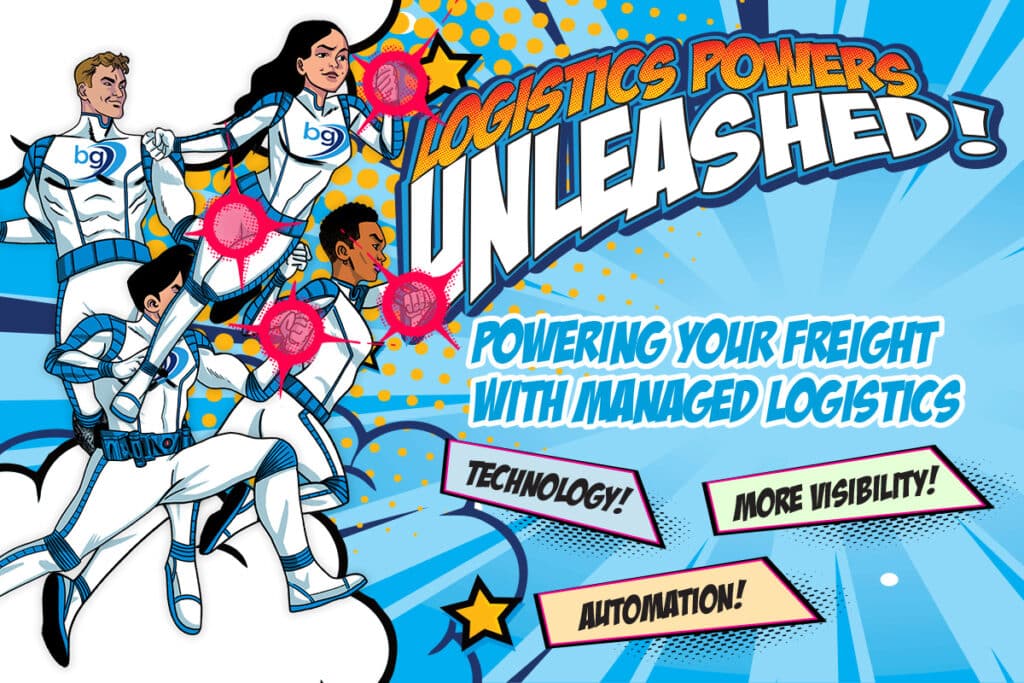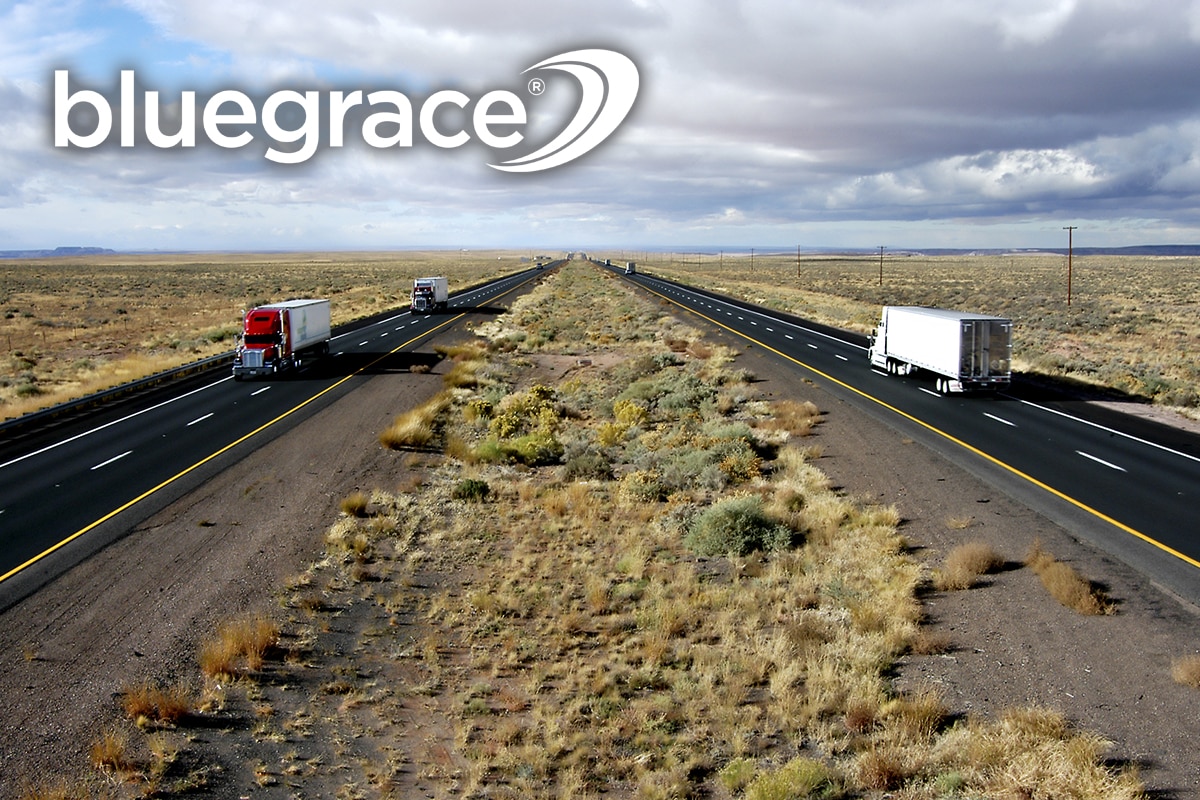
Freight is one of the most essential industries in the United States, and according to the US Freight Transportation Forecast publication conducted by the American Trucking Association (ATA), it’s going to continue growing over the next decade. The ATA forecast estimates that US freight will grow to 20.73 billion tons by 2028, a 36.6 percent increase over tonnage moved in 2017.
Given the considerable amount of freight being moved, the freight industry has some considerable challenges to overcome to get the job done. New regulations (such as the ELD mandate) are putting a strain on trucking companies. Fuel prices and spot rates are prone to changing which can make finding reliable capacity, booking freight, and making a profit frustrating, even at the best of times. Increasing demand means a shortage in capacity, and many shipments are being left behind and delayed. There’s also a massive driver shortage in the United States, a problem that will get worse before it gets better.
In order to mitigate the obstacles, logistics is going to have to get a whole lot smarter.
In order to mitigate the obstacles, logistics is going to have to get a whole lot smarter. While human intelligence certainly goes a long way towards planning, artificial intelligence is beginning to take up a role in the industry.
The Growing AI Market
AI has a number of applications that will be crucial to the trucking industry and Original Equipment Manufacturer (OEM). Increasing operational efficiency can help to reduce costs for OEMs and fleet operators. Predictive modeling is also made possible by AI, allowing for preemptive maintenance by combining data collected via the Internet of Things, sensors, external sources, and maintenance logs.
“The possible increase in asset productivity (20%) and the reduction in overall maintenance costs (10%) can be observed,” according to a recent article from Market Research. “Also, according to a publication by the National Highway Traffic Safety Administration (NHTSA), advanced driver assistance systems (ADAS) with vehicle-to-vehicle (V2V) communication have the potential to prevent 40% of reported crashes.”
In addition to increased road safety, AI can also offset the potential increase in trucking costs and higher driver wages. Artificial Intelligence will also help OEMs and fleet operators stay in compliance with new regulations regarding vehicle and driver safety. This is spurring the growth of ADAS technologies and other initiatives created by OEMs, especially when it comes to automated vehicles. It’s estimated that the AI market within the transportation industry will grow from $1.21 billion in 2017 to $10.30 billion by 2030.
However, despite the growth and development in the AI market, installation and infrastructure costs will likely be prohibitive to smaller companies. Even a few ADAS features like blind spot detection, telematics, and lane assist can drastically increase the cost of a commercial vehicle. Adding AI systems to vehicles will also require a heavy infrastructure cost as well, further complicating implementation and adoption.
Various AI Functions for Trucking
Artificial Intelligence in the trucking industry presents a wide array of opportunities and potential, especially when combined with automated trucking.
“AI constitutes various machine learning technologies such as deep learning, computer vision, natural language processing (NLP), and context awareness. Some of the recent applications of these technologies in the transportation industry are semi-autonomous and autonomous vehicles, truck platooning, and human-machine interface (HMI) applications,” Market Research says.
Deep learning is one of the most promising AI developments.
Deep learning is one of the most promising AI developments. As an advanced form of AI, it analyzes a myriad of different data sources including images, sound, and text, and then compiles that data through a synthetic neural network. The result is the ability to identify and generalize patterns and strengthens the decision-making capabilities for safe operation of autonomous vehicles.
Computer vision is another potential application for AI in trucking. Computer vision utilizes a high-resolution camera and increases the HMI (human machine interaction) capabilities of driver and vehicle. The camera interprets various data inputs such as lane departure, traffic signs, and signals, and is also able to detect driver drowsiness. Ideally, this version of AI will help to bridge the gap between semi-autonomous and fully autonomous vehicles.
The Future of AI in the Trucking Industry
AI will be instrumental in the future of trucking. Not only can it collect and monitor data, but as it observes patterns, it will be able to make predictions based on those patterns. These predictions will enhance onboard AI capabilities assisting in both driver and navigation functions as well as back-end functions like data monitoring and preemptive maintenance. Onboard AI will also increase connectivity and communication between other trucks on the road, improving platooning and other joint lane management systems.
The strength of AI in the trucking industry will be dependent on the amount of data it has to work with.
The strength of AI in the trucking industry will be dependent on the amount of data it has to work with. The more data, the smarter the AI. Building up a database from scratch, however, can be a costly and time-consuming endeavor, one that might be impossible for some companies to achieve in a reasonable time frame.
Integrating AI systems with a transportation management system can help to reduce both costs and implementation time, however.
Integrating AI systems with a transportation management system can help to reduce both costs and implementation time, however. Working in tandem, the AI can help to increase driver safety while a TMS can optimize the overall efficiency of the supply chain, allowing for a smoother and more profitable operation.
Using a 3PL to Prepare for the Future
While there is near limitless potential for artificial intelligence in the future of the trucking industry, it’s still a ways off from where it needs to be for rapid and easy implementation. The same is also true for automated trucking. However, there are readily available steps you can take to improve your operations without having to break the bank. We at BlueGrace specialize in true Transportation Management, without the need for a heavy investment in labor or technology. For more information on how we can help you harness the full potential of your logistics, fill out the form below:



